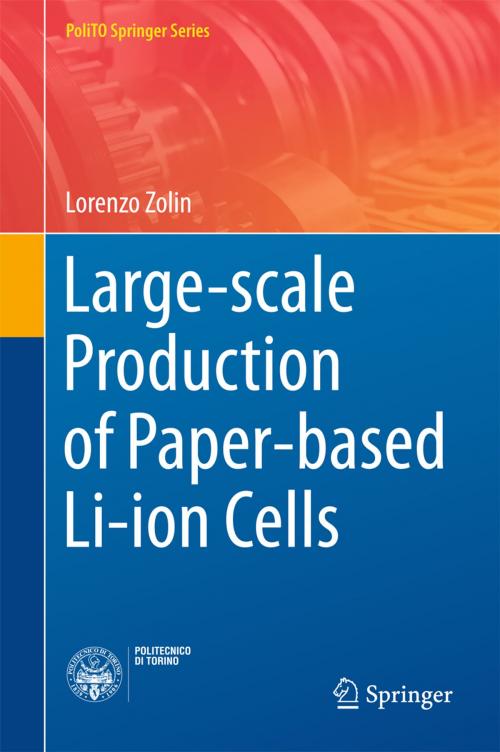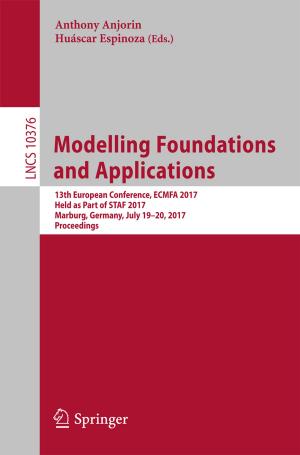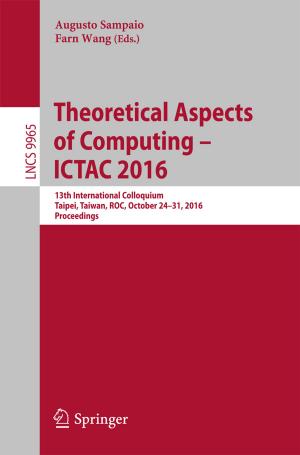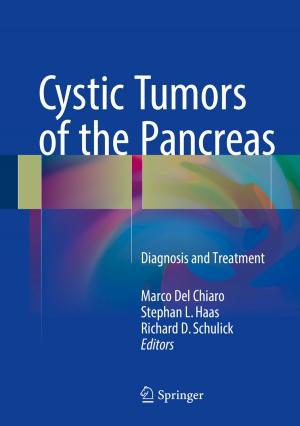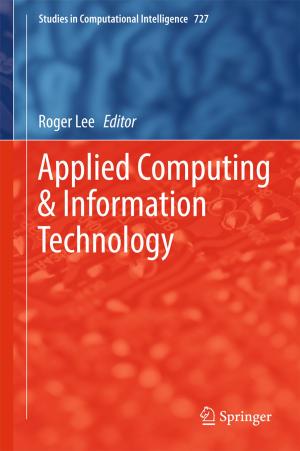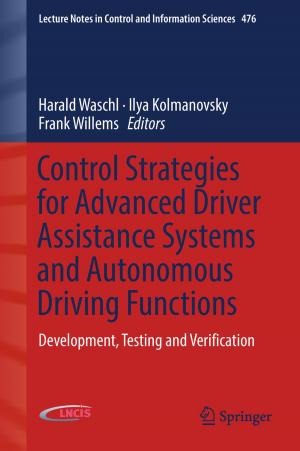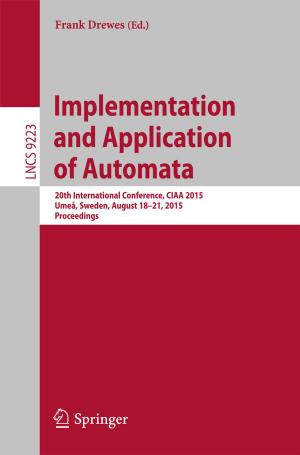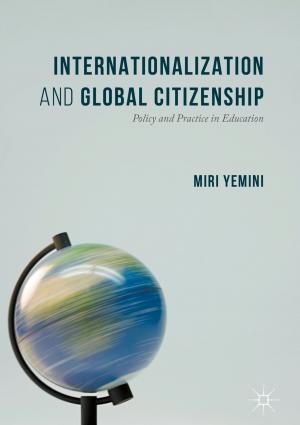Large-scale Production of Paper-based Li-ion Cells
Nonfiction, Science & Nature, Technology, Nanotechnology, Material Science| Author: | Lorenzo Zolin | ISBN: | 9783319390161 |
| Publisher: | Springer International Publishing | Publication: | July 28, 2016 |
| Imprint: | Springer | Language: | English |
| Author: | Lorenzo Zolin |
| ISBN: | 9783319390161 |
| Publisher: | Springer International Publishing |
| Publication: | July 28, 2016 |
| Imprint: | Springer |
| Language: | English |
This book describes in detail the use of natural cellulose fibers for the production of innovative, low-cost, and easily recyclable lithium-ion (Li-ion) cells by means of fast and reliable papermaking procedures that employ water as a solvent. In addition, it proposes specific methods to optimize the safety features of these paper-based cells and to improve the electronic conductivity of the electrodes by means of a carbonization process– an interesting novel technology that enables higher current rate capabilities to be achieved. The in-depth descriptions of materials, methods, and techniques are complemented by the inclusion of a general overview of electrochemical devices and, in particular, of different Li-ion battery configurations. Presenting the outcomes of this important research, the work is of wide interest to electrochemical engineers in both research institutions and industry.
This book describes in detail the use of natural cellulose fibers for the production of innovative, low-cost, and easily recyclable lithium-ion (Li-ion) cells by means of fast and reliable papermaking procedures that employ water as a solvent. In addition, it proposes specific methods to optimize the safety features of these paper-based cells and to improve the electronic conductivity of the electrodes by means of a carbonization process– an interesting novel technology that enables higher current rate capabilities to be achieved. The in-depth descriptions of materials, methods, and techniques are complemented by the inclusion of a general overview of electrochemical devices and, in particular, of different Li-ion battery configurations. Presenting the outcomes of this important research, the work is of wide interest to electrochemical engineers in both research institutions and industry.
